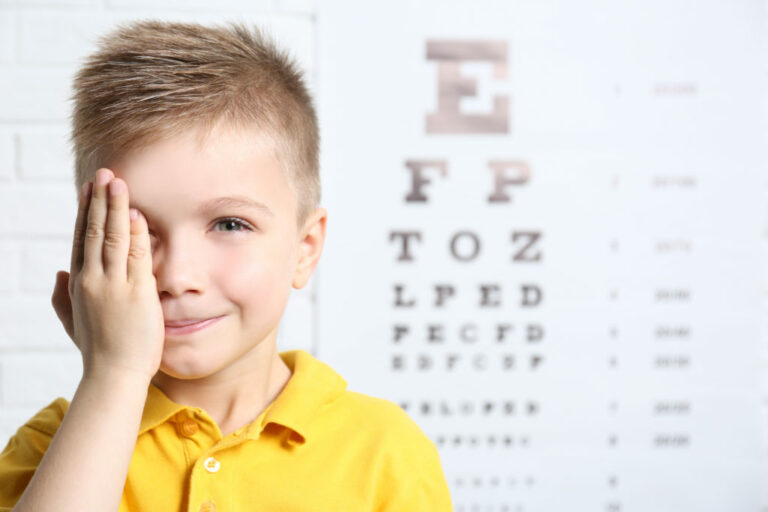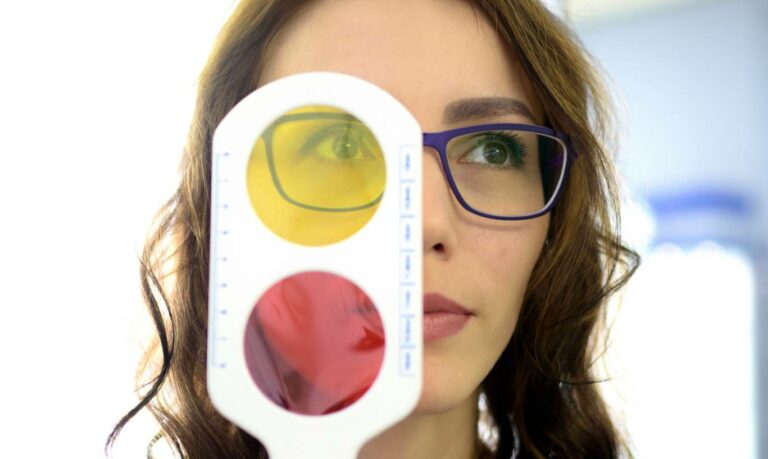Many eye problems show no symptoms until they are in an advanced stage.
More than 8 percent of the American population has diabetes. For this large group of at-risk patients, regular dilated eye exams are critical to prevent vision loss.
Because of the damage the disease can do to the retina and other parts of the eye, optometrists should stress the need for regular eye care with these patients. Below are three reasons why.
1. Their risk is higher
People with diabetes have a significantly higher risk for developing eye diseases.
Patients with diabetes are 40 percent more likely to suffer from glaucoma than people without diabetes. They’re 60 percent more likely to develop cataracts, and they tend to get them at a younger age and with faster disease progression. And diabetic retinopathy is one of the most serious sight-threatening complications of diabetes.
2. Symptoms may be invisible
According to the AOA’s 2013 American Eye-Q® consumer survey, only 32 percent of respondents are aware that diabetic eye disease often has no visual signs or symptoms. That is all the more reason to stress the need for regular exams, said Tina MacDonald, O.D., a Certified Diabetes Educator and a member of the AOA’s Health Promotions Committee.
“Many eye problems show no symptoms until they are in an advanced stage, and that is why we recommend that people with diabetes in particular have an eye examination by a doctor of optometry at least once a year,” Dr. MacDonald said.
3. Early detection matters
Comprehensive exams can help detect disease early—and thereby limit the damage diabetes does to the eyes.
“When the eyes are dilated, an eye doctor is able to examine the retina for signs of diabetic eye disease and prescribe a course of treatment to help preserve an individual’s sight,” Dr. MacDonald said.
In addition to the recommendation for regular exams, optometrists should encourage high-risk patients to contact them if any of the following symptoms are present:•Sudden blurred or double vision
•Trouble reading or focusing on near-work•Eye pain or pressure•A noticeable aura or dark ring around lights or illuminated objects•Visible dark spots in vision or images of flashing lights






